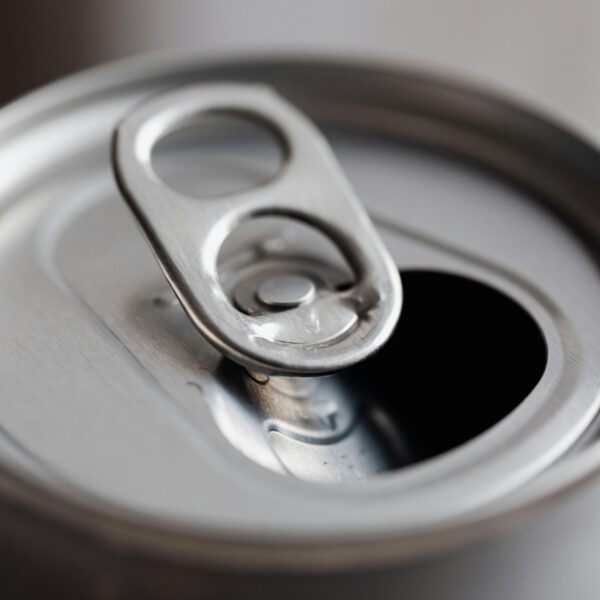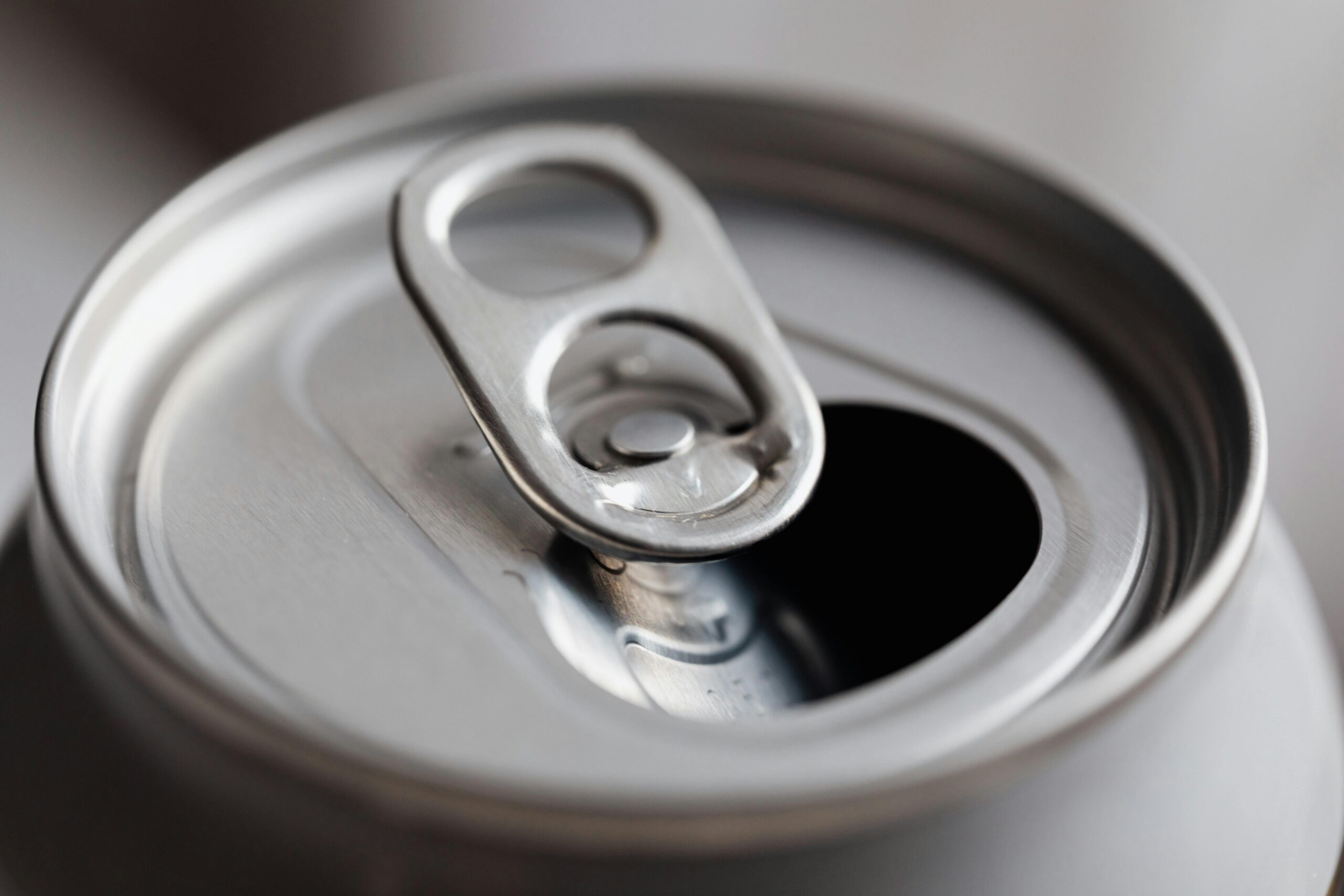Your cart is currently empty!
Report | “Unlocking the Dreamscape: Key Factors Influencing Dream Recall Revealed in Large-Scale Study”
Report on the Study: Factors Influencing Dream Recall
Abstract
The study investigates the variability in dream recall among individuals, highlighting that while nearly everyone dreams, the ability to remember those dreams varies significantly. By collecting dream reports and various demographic, psychometric, cognitive, and physiological data from 217 healthy adults, the researchers aimed to identify factors influencing dream recall. Key findings indicate that attitudes towards dreaming, mind wandering tendencies, and sleep patterns significantly affect the likelihood of recalling dreams. Additionally, age and vulnerability to interference were found to predict the recall of dream content. The study also noted that dream recall fluctuates both night-to-night and seasonally.
Introduction
Dreams are subjective experiences generated during sleep, often reflecting an individual’s thoughts, concerns, and memories. They are believed to play a role in learning and memory consolidation and are linked to psychophysical health. Despite the established connection between REM sleep and dreaming, the factors influencing dream recall remain poorly understood. Previous studies have shown inconsistent results regarding demographic and psychological predictors of dream recall, often relying on retrospective measures that may be biased. This study aims to address these gaps by employing a prospective approach to collect data on dream recall and its predictors.
Methodology
The study involved 217 healthy adults aged 18 to 70, who provided morning dream reports over 15 days. Participants recorded whether they experienced a contentful dream, a “white dream” (dreaming without recall), or no dream. The researchers also collected demographic information and assessed various psychological and cognitive traits, including attitudes towards dreaming, anxiety levels, and memory capabilities. Sleep patterns were monitored using actigraphy, and a subset of participants wore EEG devices to gather data on sleep structure.
Results
- Dream Report Frequency: Out of 2900 reports, 58% were classified as contentful dreams, 14% as white dreams, and 28% as no dream experiences. The average number of dreams reported was approximately 5 per week.
- Predictors of Dream Recall: Mixed-effect logistic regression analyses revealed that a positive attitude towards dreaming, a tendency for mind wandering, and longer periods of light sleep were significant predictors of dream recall. Age and vulnerability to cognitive interference were also associated with the ability to remember dream content.
- Night-by-Night Variability: The study found that sleep patterns significantly influenced night-to-night variations in dream recall, with specific sleep structures correlating with the likelihood of reporting dreams.
Conclusions
The findings of this study contribute to the understanding of dream recall by identifying both inter-individual (trait) and intra-individual (state) factors that influence the likelihood of experiencing and remembering dreams. The results suggest that dream recall is not only a function of sleep stage but is also affected by individual differences in psychological traits and sleep quality. The study supports the idea that “white dreams” may represent genuine dream experiences, with the content fading due to various interferences upon waking.
Implications
This research has implications for understanding the psychological and physiological underpinnings of dreaming and may inform therapeutic approaches for individuals experiencing sleep disturbances or related psychological issues. Further studies could explore the mechanisms behind these predictors and their potential applications in clinical settings.
TheHill.com Just In Unbiased Politics News
- Shrapnel damaged vehicle during Marine Corps demonstration: California Highway Patrolby Max Rego on October 20, 2025 at 12:44 PM
Metal shrapnel from an explosive artillery shell damaged a California Highway Patrol (CHP) vehicle during a Marine Corps live-fire training demonstration on Saturday near a major highway, the patrol said. The incident occurred along Interstate 5 near Camp Pendleton in San Diego County. Vice President Vance and Defense Secretary Pete Hegseth were at the base…
- The Democrats’ strategic dilemma: setting their own agendaby Douglas Schoen and Carly Cooperman, opinion contributors on October 20, 2025 at 12:30 PM
Quite simply, Democrats’ current strategy is not meeting voters where they are.
- Live updates: Australian PM to visit White House; Senate tries again on shutdown voteby The Hill Staff on October 20, 2025 at 12:24 PM
President Trump on Monday will host Australian Prime Minister Anthony Albanese at the White House as the government shutdown stretches into Week 4. The duo is slated to discuss defense and rare earth minerals as the U.S. races to catch up with China’s sector dominance. Later in the day, the Louisiana State University baseball team…
- Climate change threatens national security — how are the generals responding? by William S. Becker, opinion contributor on October 20, 2025 at 12:00 PM
President Trump is ignoring a long series of warnings by the government’s top military and intelligence experts.
- AWS: Most services restored after outage affecting much of internetby Max Rego on October 20, 2025 at 11:47 AM
Amazon Web Services (AWS) experienced a major outage early Monday morning before most services were restored, the company said. AWS, which provides cloud-computing services to companies around the world, first reported “increased error rates and latencies for multiple AWS services in the US-EAST-1 Region,” in Northern Virginia at 3:11 a.m. EDT. . At 4:26 a.m….
Featured Articles
Search
Author Details














Leave a Reply